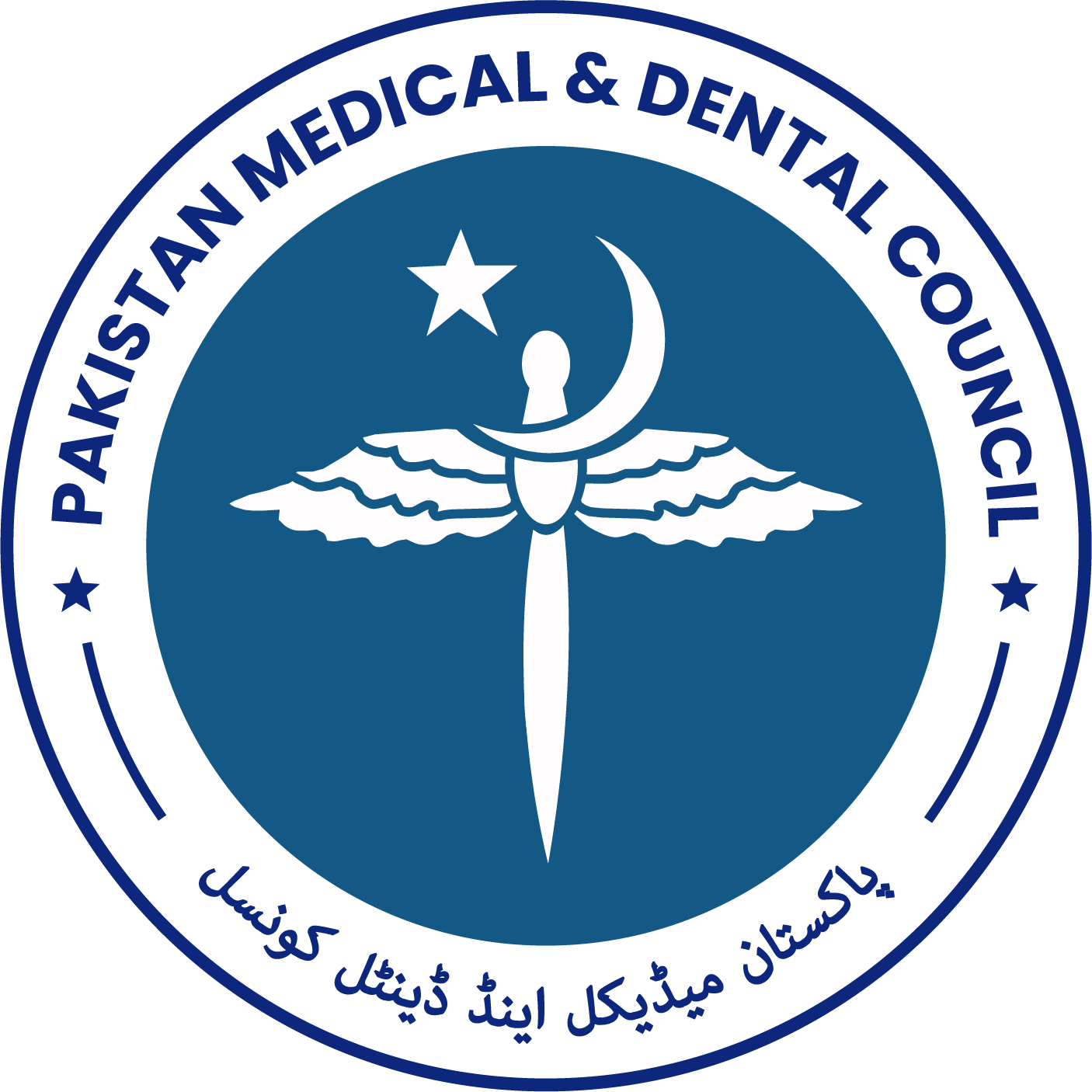Unlocking the Code: Exploring Autism Spectrum Traits among Medical Students through the Lens of Blood Group Phenotypes
Abstract
Objective: To assess autistic spectrum disorder traits (based on language, social relatedness, sensory-motor
discrepancies, and circumscribed interests) prevalence among undergraduates, explore associations with
sociodemographic factors and blood group phenotypes, and investigate correlations with anthropometric
measures.
Study Design: Cross-sectional study.
Place and Duration of Study: This study was conducted at the Physiology Department, CMH Kharian Medical
College Kharian, Pakistan from January 2024 to April 2024.
Methods: A total of 527 undergraduate students were included in the study. Sociodemographic data, blood
group phenotypes (ABO and Rh), and anthropometric measures were collected. Autism spectrum disorder
traits were assessed using the Rapid Autism Diagnostic Screening (RAADS-14) scale.
Results: Females exhibited higher autism spectrum disorder trait prevalence (35.9%) than males (15.4%). A
positive correlation was found between height-to-waist ratio and autistic spectrum disorder traits (r = 0.103).
No significant associations were observed between autism spectrum disorder traits and area of residence,
blood group phenotypes, or body mass index categories.
Conclusion: Gender and height-to-waist ratio showed significant associations with autism spectrum disorder
traits, no significant links were found with blood group phenotypes.
Copyright (c) 2024 Aiman Farogh Anjum, Noman Sadiq, Warda Hussain, Waqas Ali, Waseem Pasha, Mahjabeen Safdar, Hafsa Zulfiqar malik, Khadijia Talat, Shoaib Naiyar Hashmi

This work is licensed under a Creative Commons Attribution-NonCommercial 4.0 International License.















